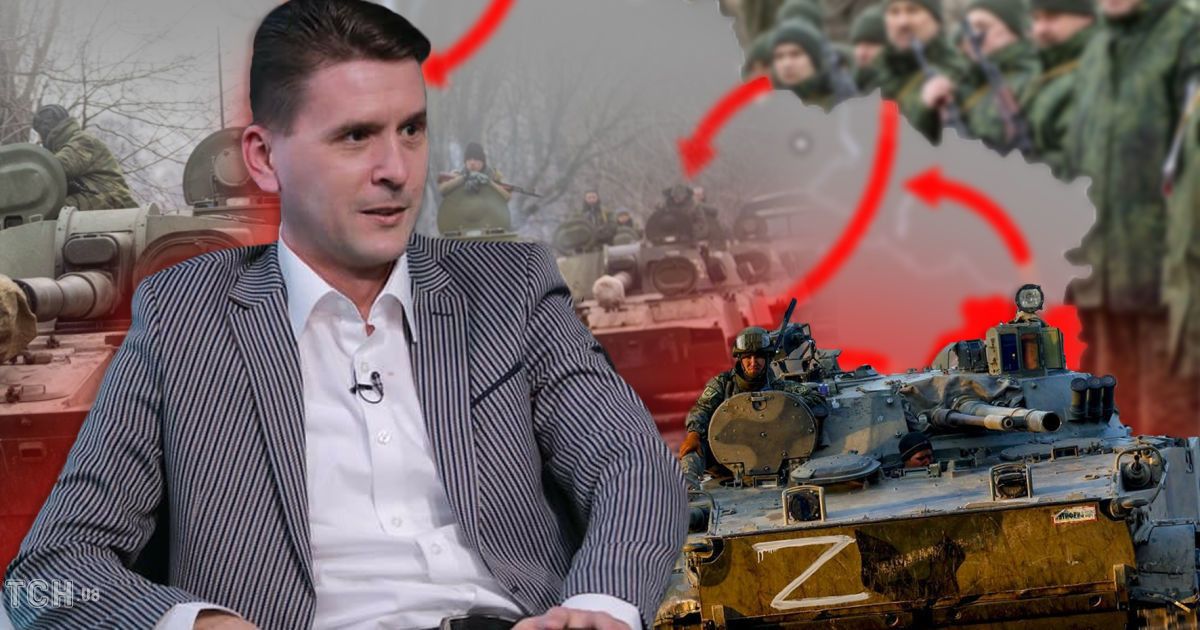On the night of May 28, the Russian occupiers carried out a "record", the most massive raid on the Kyiv with Shahed-136 kamikaze drones in the amount of 54 units during the full-scale war. The cost of kamikaze drones used in Ukraine can be estimated at $ 10.5 million.
Oleksandr Kovalenko, a military and political observer of the Information Resistance group, wrote about this on his own Telegram channel.
According to him, in May 2023, this is the third "record" for the use of Iranian drones by Russians.
"Previously, the record was May 8, when the occupiers used 35 kamikaze drones, and after May 25, they used 36 units. Shahed-136. In total, in May, the incomplete ROF has already used 342 Shahed-136, of which the Ukrainian air defense shot down 311, showing an efficiency of counteraction of 91%," he said.
Kovalenko also made several preliminary conclusions.
In his opinion, the supply of Shahed-136 to Russia has been brought to the streaming level.
"If earlier it was parties, now it is a stream. This may indicate that Iran has a long-term partnership with Russia for the supply of Shahed-136 and it was able to increase the production of kamikaze drones. It is possible that the increase in production on assembly lines was achieved thanks to the technical assistance of Russia," Kovalenko said.
He also drew attention to the almost daily use of Shahed-136 on the territory of Ukraine. The pause between raids only once was three days, and so – does not exceed a day. Moreover, a massive raid is always followed by a raid by a limited "flock", in a traceable pattern.
"The pattern is this. The first day of a massive raid is 1-2 days in a limited flock. Or, 2 days in a row, a massive raid - 1-2 days after a limited flock," the expert said.
He concluded that this could be due to either logistical processes or standard reconnaissance after strikes.
But from these raids, which became frequent in May, according to Kovalenko, another conclusion can be drawn. In this way, Russian troops are trying to influence the offensive of the Armed Forces of Ukraine.
"Many will have a question: How can strikes on rear cities affect the offensive in the DB zone? In fact, it is direct, though not critical. The command of the Russian occupation troops clearly decided to regularly, almost every night, terrorize the rear cities of Ukraine, so that there would be air defense constantly on combat duty, which could, in case of relative calm, be partially withdrawn to the database zone to cover the offensive," Kovalenko said.
However, according to him, in the scenarios of the General Staff of the Armed Forces of Ukraine, the rear zone is the rear zone, and "the combat zone is a combat zone." Accordingly, the division of the resource according to needs.
"Moreover, in most cases, algorithms and technical means are used to intercept Shahed-136, which in the offensive format are not a unique element that must be pulled from the rear to the front line," Kovalenko said.
Recall that on the night of May 28, Kyiv was attacked by drones, namely "Shahed" barrage ammunition. The air alarm in the capital lasted more than 5 hours. As a result of the impact, there is a victim.
Read also:
- A large-scale air alarm sounded in Ukraine: which areas were under attack and what are the consequences of the attack (photos)
- Massive attack on Ukraine on May 28: Ihnat explained what is the target of the occupiers
- The enemy "congratulated" on the Day of Kyiv: details of the most massive drone attack on the capital since the beginning of the war
